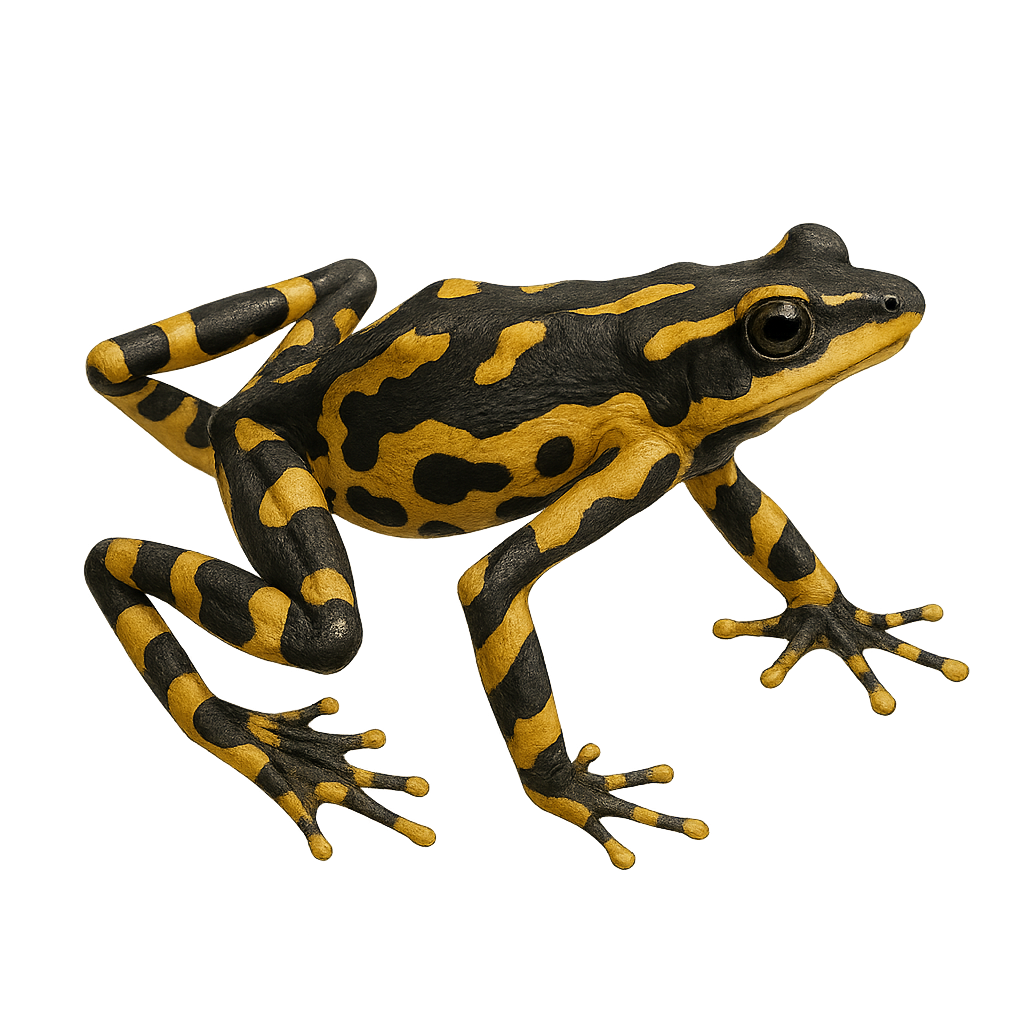Your wildlife photography guide.
Explore the variable harlequin toad in detail, study its behavior, prepare your shots.
Where to observe and photograph the variable harlequin toad in the wild
Learn where and when to spot the variable harlequin toad in the wild, how to identify the species based on distinctive features, and what natural environments it inhabits. The WildlifePhotographer app offers tailored photography tips that reflect the variable harlequin toad’s behavior, helping you capture better wildlife images. Explore the full species profile for key information including description, habitat, active periods, and approach techniques.
Variable Harlequin Toad
Scientific name: Atelopus varius

IUCN Status: Critically Endangered
Family: BUFONIDAE
Group: Amphibians
Sensitivity to human approach: Suspicious
Minimum approach distance: 2 m
Reproduction period: May to June
Incubation: N/A
Births: May to June
Habitat:
Tropical rainforests, rivers, mountainous areas
Activity period :
Primarily active during the day, with peak activity in the morning and late afternoon.
Identification and description:
The Atelopus varius, commonly known as the variable harlequin toad, is a brightly colored toad species native to the tropical rainforests of Central America, primarily in Costa Rica and Panama. This toad is renowned for its vivid colors and distinctive patterns, which vary significantly from one individual to another. Colors can range from bright yellow to green, with contrasting black spots. Unfortunately, this species is critically endangered, mainly due to habitat loss, fungal diseases, and climate change. Conservation efforts are underway to protect this unique amphibian and its natural habitat.
Recommended lens:
Macro – adjust based on distance, desired framing (portrait or habitat), and approach conditions.
Photography tips:
To photograph the Atelopus varius, it is advisable to use a macro lens to capture the intricate details of its colorful patterns. Look for it near rivers or in tropical rainforests, where it is most active during the day. Be patient and avoid sudden movements to prevent scaring it away. Use natural light to highlight its vivid colors and try to capture the surrounding environment to provide context to your photos.
From knowledge to field practice
A species profile helps you understand an animal. In the field, the challenge is often different. Remembering your own observations.
The WildlifePhotographer app allows you to:
• record your personal observations
• note locations, dates, and behaviors
• revisit your field references over time
• build a private and long-term field logbook
The app does not provide observation locations.
It helps you organize what you actually observe, with respect for wildlife.

